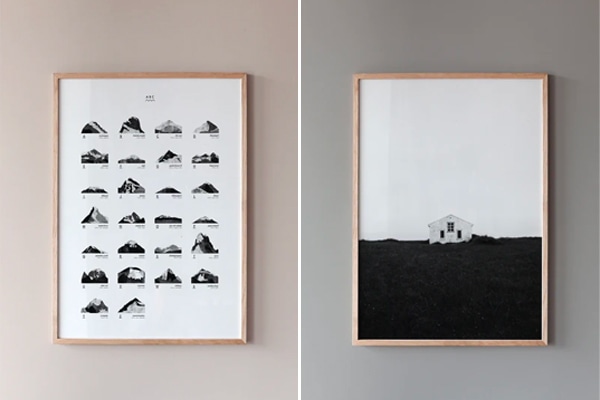Poul Kjærholm’s iconic PK1 chair from Carl Hansen & Søn with a paper cord seat

As one of the biggest names in Danish furniture design, Poul Kjærholm is celebrated for his uncompromising approach to form, materials, and craftsmanship: three elements that were instrumental in the Danish Modern movement.
Poul Kjærholm created the PK1 chair in 1955. The iconic design was his first chair design and paired brushed steel and wicker. After adding the PK1 chair to their collection in 2017, Carl Hansen & Søn reintroduced the PK1 chair in steel and FSC-certified paper cord, a natural and durable material that patinates beautifully over time.
Even though the paper cord is a new element introduced to the design, the newly launched chair looks exceptionally familiar and is a testament to the iconic furniture piece designed by the master furniture architect in the fifties.


Poul Kjærholm: one of the star architects behind Danish Modern
Poul Kjærholm was known for his functionalistic approach to furniture design, cultivating simplicity and lightness in his designs. His favorite material was steel, and he excelled at combining it with other organic materials.
Both his functionalistic approach and his talent for combining steel with other materials are reflected in the design of the PK1 dining chair. The clean and minimalistic lines of the steel frame are in perfect balance with the comfort and softness of the paper cord (or wicker in his initial design from 1955).
According to Knud Erik Hansen, third-generation owner-manager of Carl Hansen & Son the designer’s ability to combine functionality with aesthetics in a light and elegant way is what makes him a natural member of the design family of Carl Hansen & Son.




The design of the PK1 chair
The classic PK1 dining chair is comfortable, lightweight, and stackable, which makes it suitable for both private and public use. Its’ lightness and form make it a perfect addition to a range of different interior styles.
The PK1 chair is available in a stainless steel or black powder-coated steel frame, both paired with a beautiful paper cord seat. I was fortunate enough to be able to try out the stainless steel chair in my own home and I love how the combination of materials complements the minimal decor and modest color palette in my home.
The modern finish on the stainless steel contrasts with the beautiful and intricate weaving of the paper cord, resulting in a perfect balance between the two materials.



A switch in construction materials to ensure longevity
Carl Hansen & Son is known for incorporating paper cord in their production. In the PK1 chair, the paper cord complements the steel elegantly. It takes a skilled craftsman a full 15 hours and 180 meters of cord to hand weave the all-in-one seat and back on the PK1.
The intricate weaving technique is inspired by Kjærholm’s original work with wicker and looks just as beautiful from the front as from the back. Carl Hansen & Son has worked in close cooperation with the Kjærholm family to develop a weaving technique for the PK1 chair that brings together the best of both Poul Kjærholm and Carl Hansen & Son.
Other than an update in materials, the size of the original chair has been adjusted. The dimensions of the chair have been scaled up by 6% to match the size of people today, as people have increased in size significantly since the PK1 was launched in the mid-1950s.
This blog post was written in collaboration with Carl Hansen & Son, however, as always, my opinions are my own.
















































































